Published
Forget-me-not

From a field in Addingham.
A cat started following us on that walk, rubbing against our legs. Didn’t feel like it was right to pet it though. ;_;
All the cats get all the pets when this pandemic ends.
Published

From a field in Addingham.
A cat started following us on that walk, rubbing against our legs. Didn’t feel like it was right to pet it though. ;_;
All the cats get all the pets when this pandemic ends.
Published
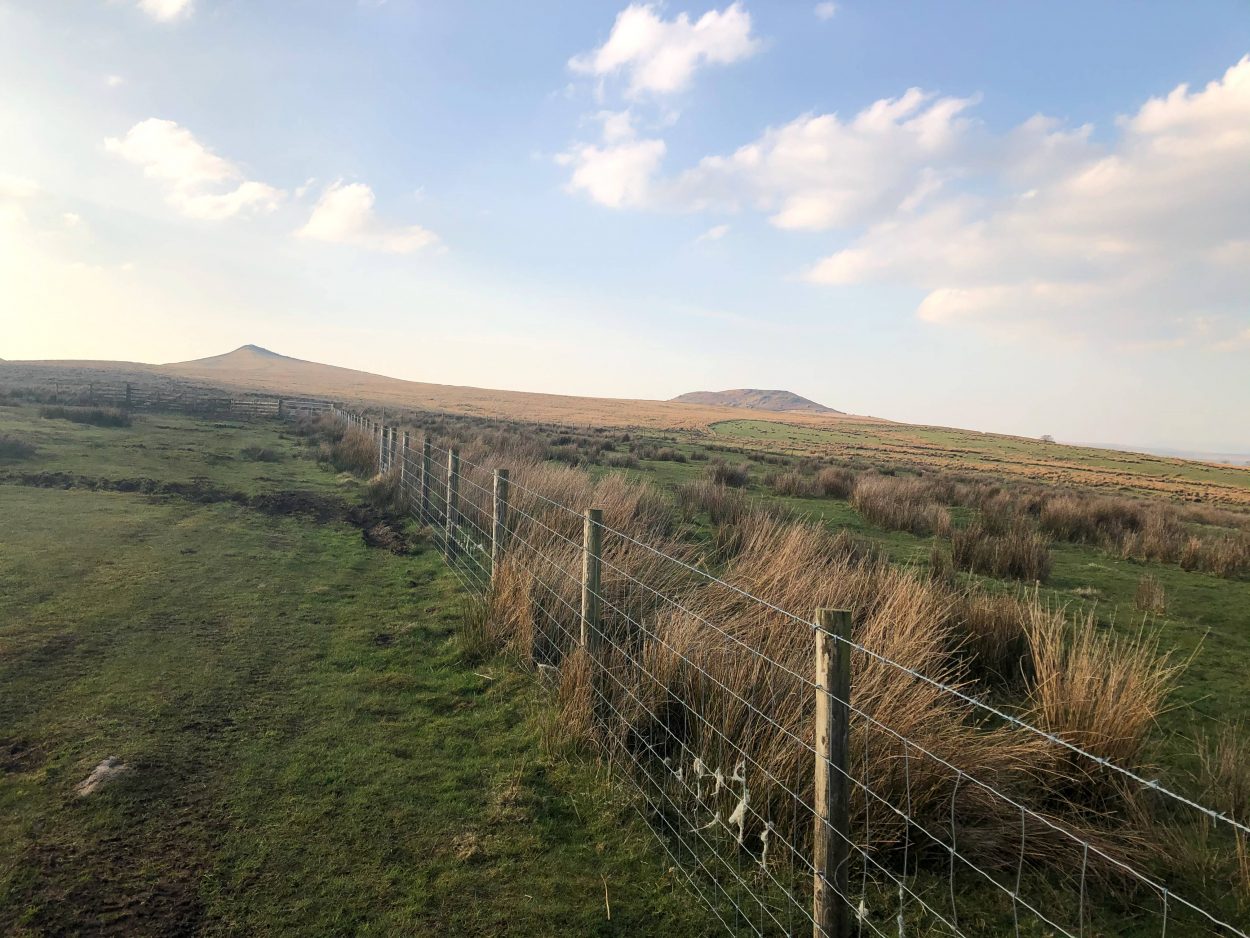
Since we don’t have a permanent home at the moment (more on that), we’re living in Addingham for a month. This is Sharp Haw and Rough Haw at the southern edge of the Yorkshire Dales. The fields on either side of the path were occupied by male lapwings trying to outdo each other, and I think there was a snipe standing on top of a huge pile of manure.
Published
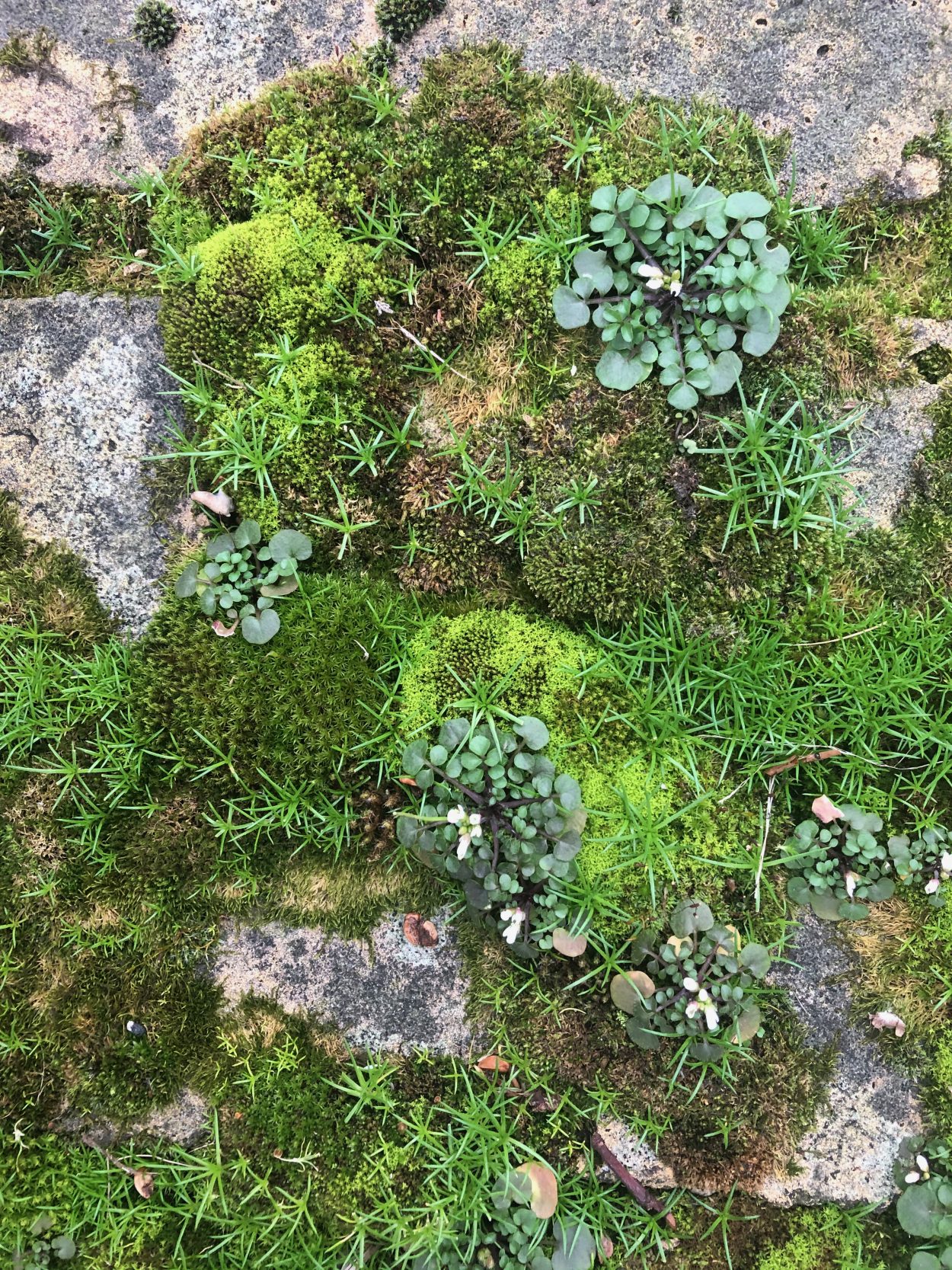
Saw these teeny tiny moss flowers on a walk with GC, BW, and HB yesterday. <3
Published
A story from the past via the Whitby Lifeboat Museum.
The museum is at the end of Pier Road just past the arcades in the old Whitby lifeboat station. The station was one of the first, established in 1802. It was taken over by the Royal National Lifeboat Institution (RNLI) after the 1861 lifeboat disaster which resulted in the tragic loss of 12 from a crew of 13. The station was closed and turned in to a museum in 1957 and was temporarily brought back in to service in 2005 while Whitby’s existing station was demolished and rebuilt.
YOUNGEST EVER LIFEBOAT CREW RESCUE AIRMEN
25th March 1942
At 10.55 am, a telephone message was sent to the lifeboat station from H.M. Coastguard stating that an aircraft was down in the sea 1 mile off Sandsend and that the lifeboat was
requested to launch immediately.
The Motor Mechanic Jim Philpott realised that all of the regular crew were at sea fishing, and after the maroons were fired, he subsequently managed to find a retired Coxswain Thomas Welham (71), and mustered 5 more crew who were all just 16 years old.
The lifeboat proceeded to sea in patchy fog and soon found traces of oil on the water. Eventually, after a short search, the lifeboat located a rubber dinghy with four aircrew inside.
The airmen were taken aboard the lifeboat suffering from head wounds and one a leg injury.
All were landed at the fish quay about 30 minutes later and transferred to Whitby Hospital.
The Aircraft was a Lockheed Hudson of the R.A.F. which had earlier sunk.
The photograph below shows, left to right:
F. Russell, P. Storr, T. Lewis, Cox T. Welham, R. Russell, J. Philpott
A photo of R. Murfield is not available.
Each man (and boy) received 19 shillings (95p) for their services.
The Pilot expressed gratitude to the lifeboat crew, and also his surprise at the speed of their rescue.
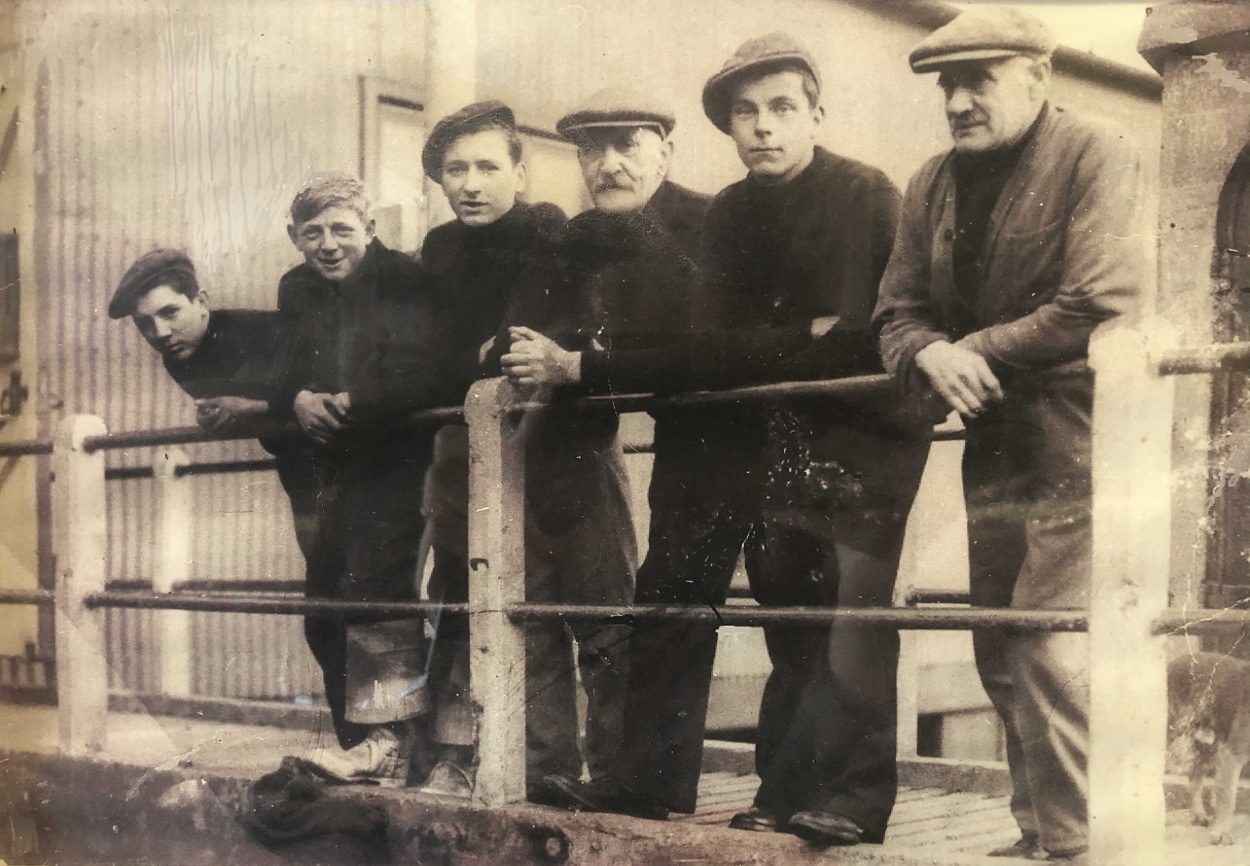
Published
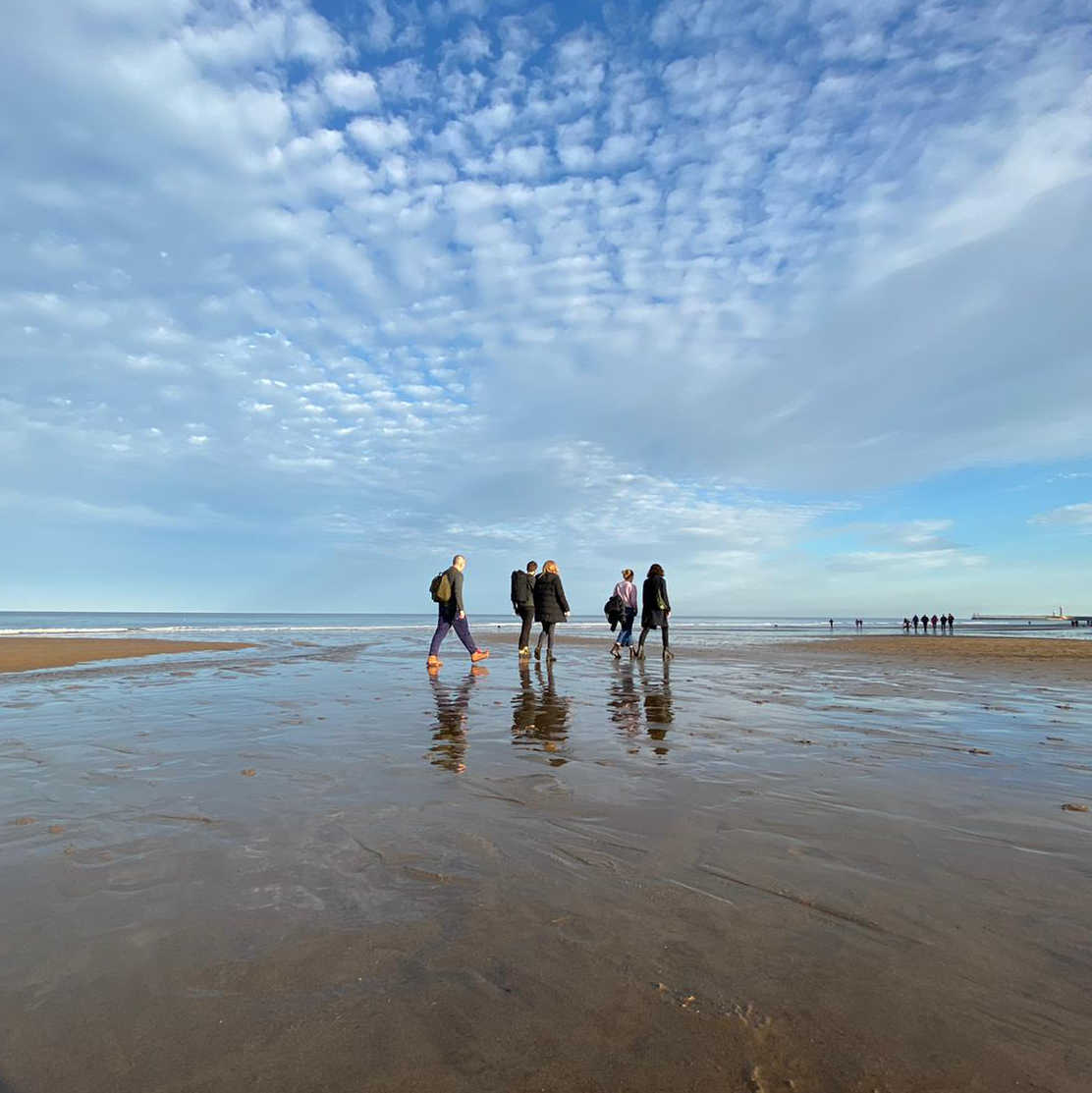
This new year, we stayed in a cottage in Sandsend with a bunch of close friends. On the 30th, we walked to Whitby along the beach while the tide was out. Top-notch dog watching. It was gorgeous, sunny and around 50F/10C. We all had to take our coats off. Shame it wasn’t so warm on the 1st, we ended up chickening out of a new year’s dip in the sea.
Published

Published
Last night I went to a live screening of Koyaanisqatsi at EartH in Hackney with GC. I knew Gogo Penguin would be playing live, but I didn’t realise they’d be playing their own re-scoring! Pretty impressive, both the execution and to even take it on considering the epic proportions of Philip Glass’s original score. The synchronisation of the rhythm and the visual was maybe not quite as intricate as the original but it was expertly handled, particularly for a live performance. Most of the time the pace was frenetic, frantic. There weren’t quite as many despairing moments as in Glass’s score, but the overall vibe was very similar.
I need to listen to more Gogo Penguin and definitely need to watch the original film, before this I’d only seen small bits of it.
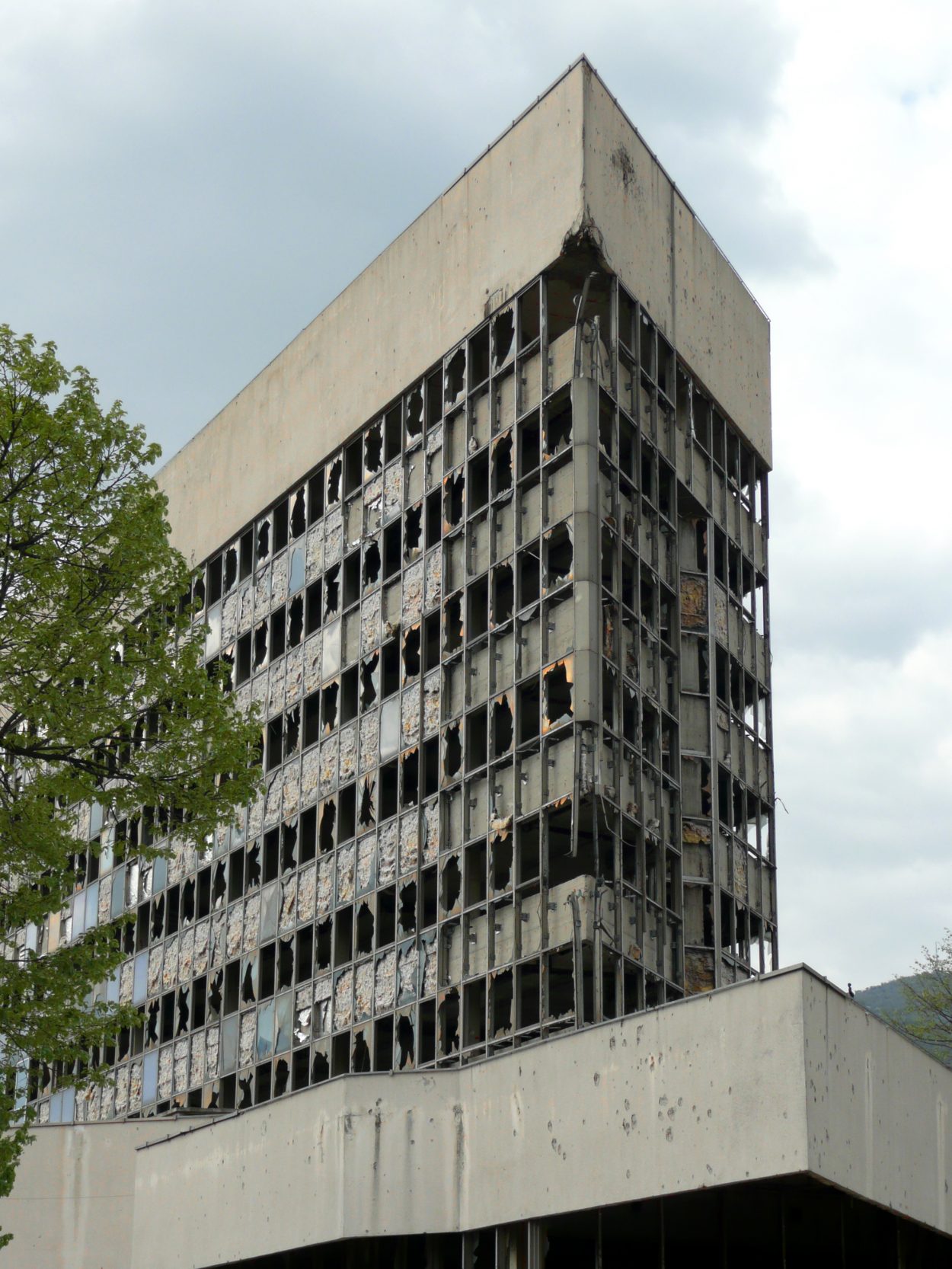
Photo taken 15 April 2009
The second half of the film includes many clips of derelict housing projects and other buildings. Those clips unearthed a ten-year-old memory of a tower I’d seen when visiting a good friend in Mostar, Bosnia and Herzegovina. The angular concrete structure loomed over the playground in Park Zrinjevac. It was an inanimate casualty of the catastrophic conflicts that consumed the region in the early 1990s, abandoned but clinging to a few remnants of glass and insulation.
That much I knew from the pocked concrete, but I didn’t know the specific role it played in the war until today. Once called the Ljubljanska Banka Tower, it’s now known to some as the Sniper’s Tower. It was used by gunmen targeting people below during the 1993–1994 Siege of Mostar. The multiple sieges led to the widespread destruction of the city, and almost 100,000 people fled.
I searched everywhere online for pre-war photos of the tower but couldn’t find any, just this photo taken a few months after I was there. The photographer captured it in much better light than I, the photo hints at the building’s formerly mirrored, golden facade. It still stands from what I gather, but the exterior structure has been removed and the entries have been blocked off. Graffiti artists use it, and urban explorers try to have a poke around. It looks like a skeleton in the more recent images I’ve seen. I’m not sure I’d feel comfortable going in.
Published

Published
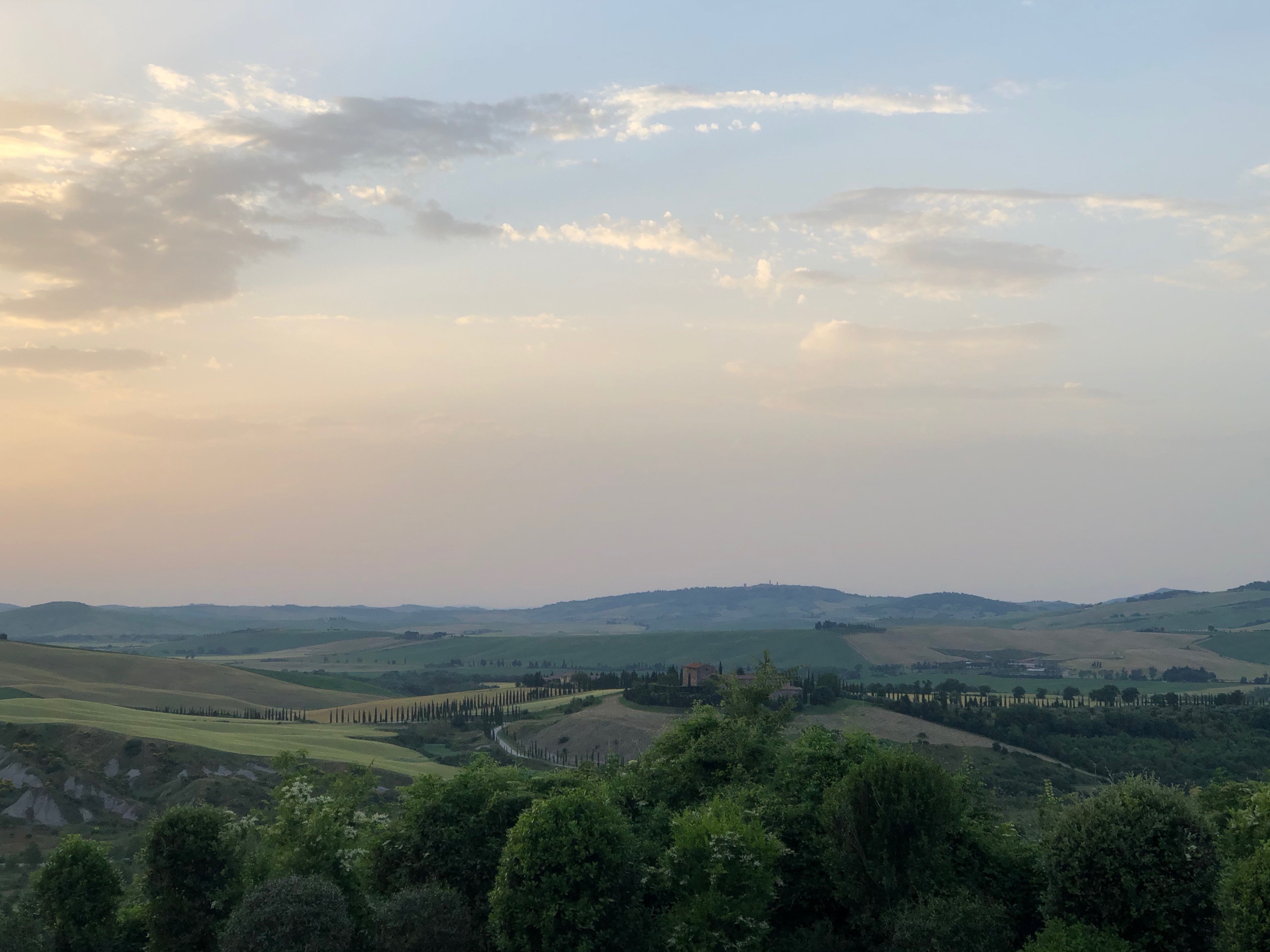
This is the view north from Borgo di Castelvecchio in the Val d’Orcia. The poppies were blooming while we were there last weekend. We missed the last bus back to La Foce from our friends’ wedding and ended up walking back 4.8 miles in the early morning along the white roads and SP40. We saw lightning, shooting stars, a dead snake, and a few very lonely fireflies. I’d love to go back, particularly to eat and drink at Dopolavoro La Foce again.
Published
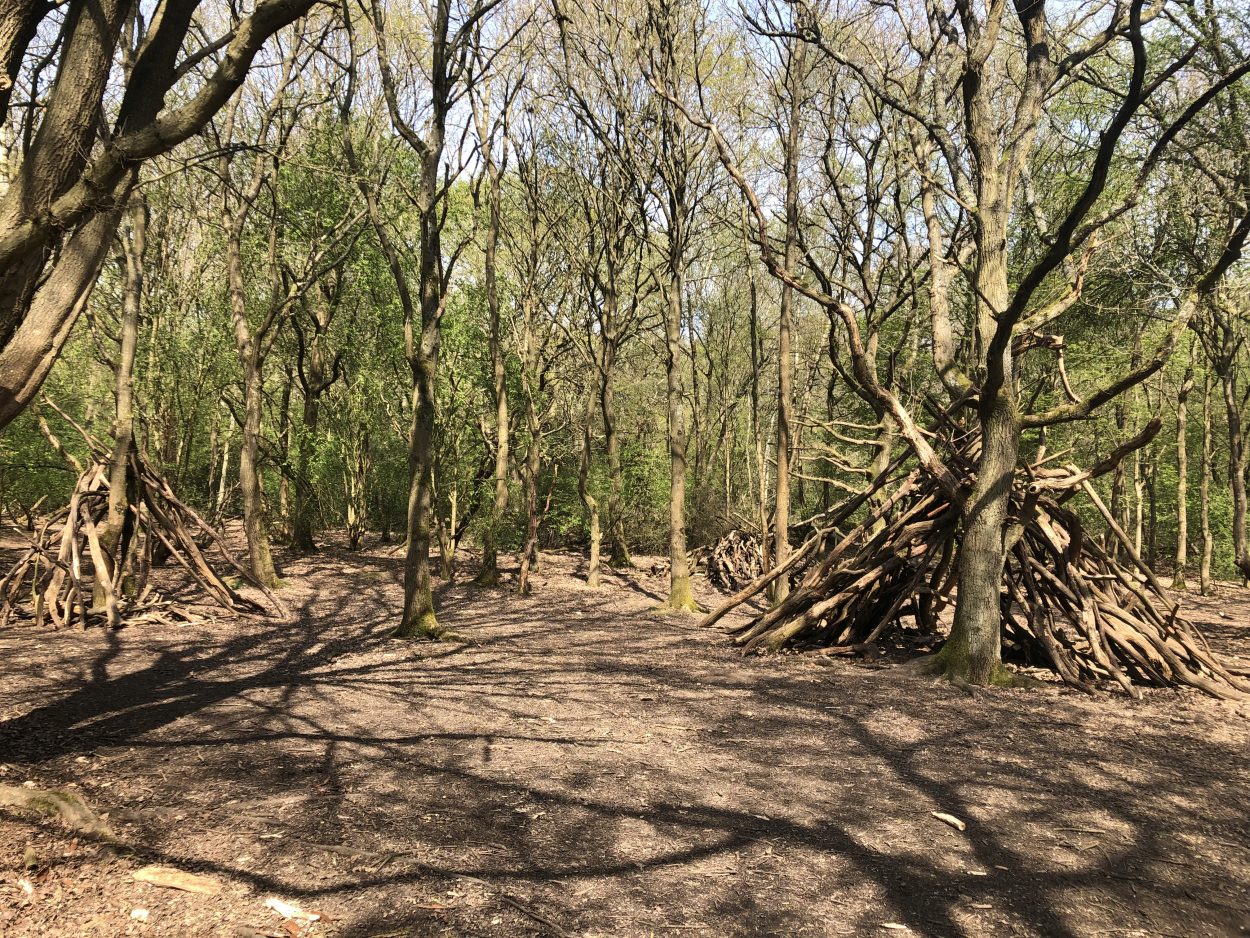
Went on a great walk in Epping Forest with SB over Easter weekend. It was ridiculously nice out for April.
See below for the route we took, very roughly speaking. Next time I think we’ll explore some of the northern bits, supposedly that takes you through farmers’ fields.
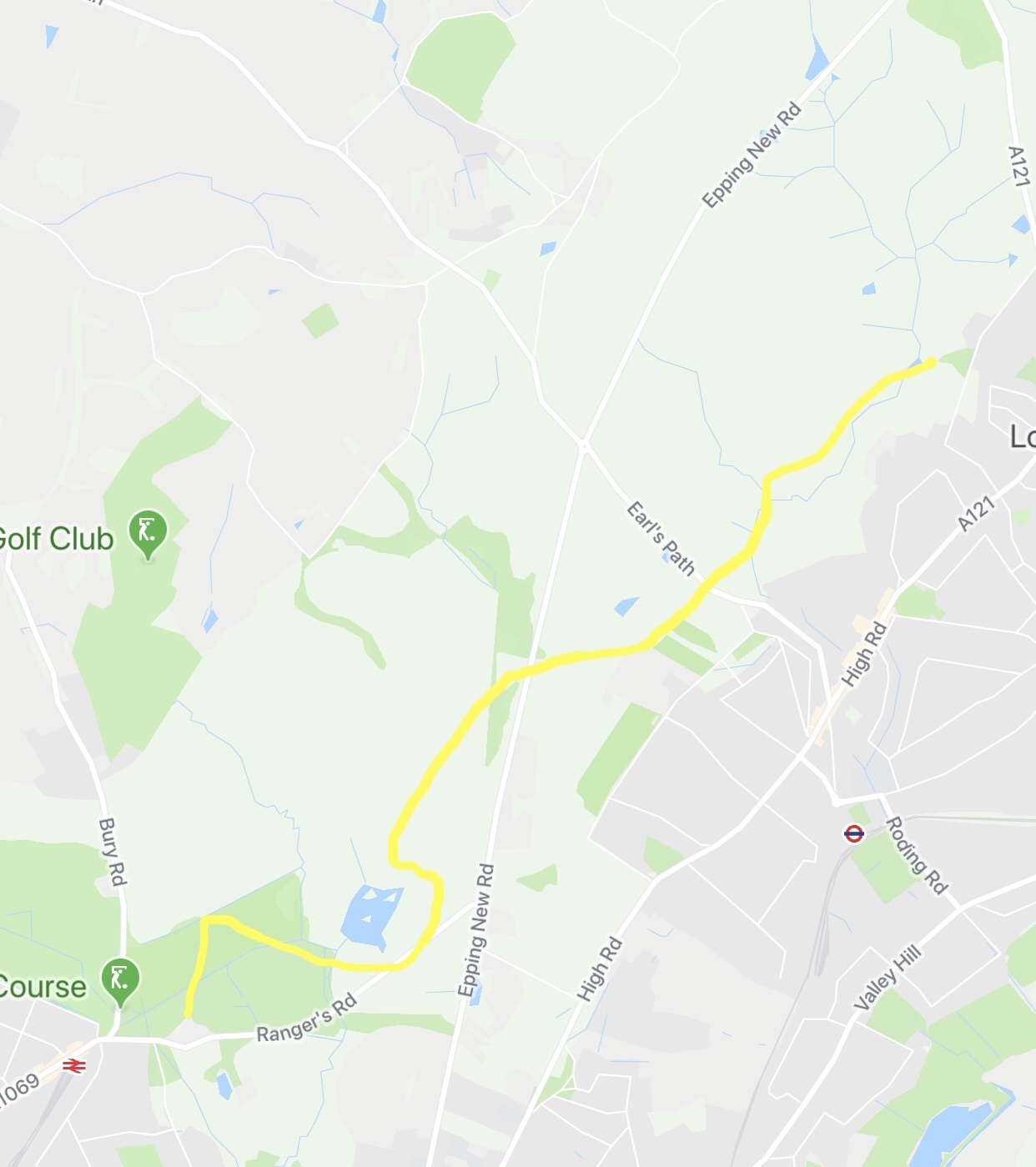
Map from Google